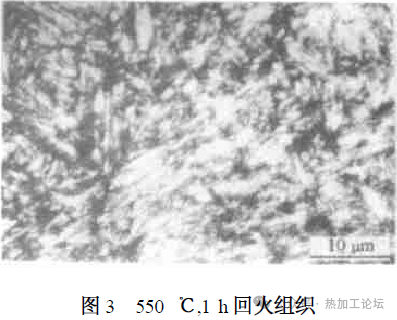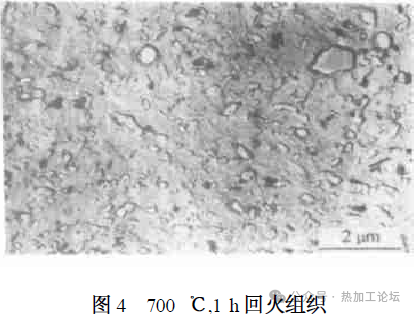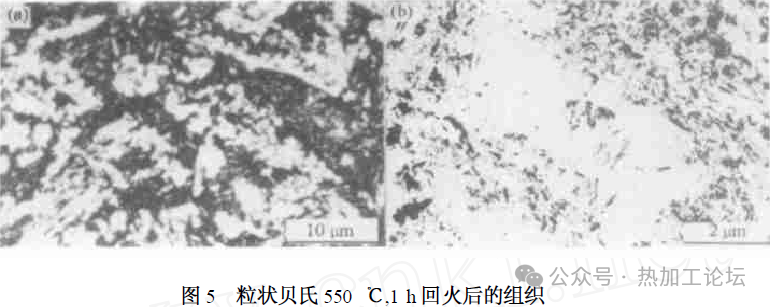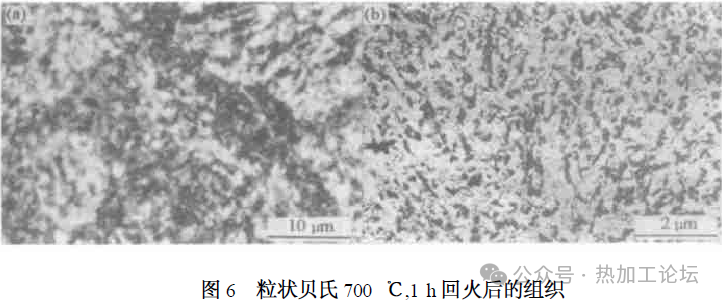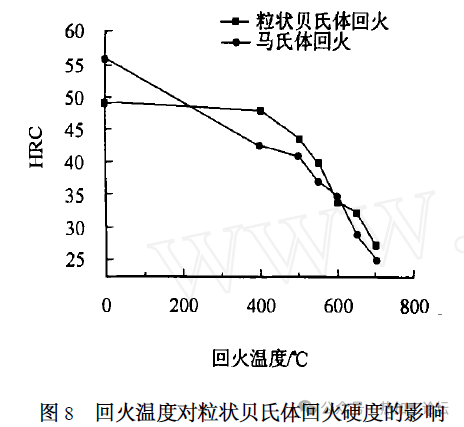Introduction
P20 plastic mold steel is a widely utilized material due to its simple metallurgical production process, high yield rate, and affordability. It exhibits good machinability within the pre-hardened hardness range of 28–35 HRC, excellent hardenability for achieving uniform hardness in large cross-sections, and superior mirror polishing properties compared to ordinary carbon steels and low-alloy steels. These characteristics make it ideal for manufacturing large plastic molds and high-precision, complex cavity plastic molds. This study investigates the tempering process, microstructure, and hardness of P20 steel after heat treatment.
1. Experimental Materials and Methods
1.1 Materials
The material used in this study is P20 plastic mold steel produced by Fushun Steel Plant. Its chemical composition is shown in Table 1.
1.2 Heat Treatment
The experimental material was first annealed following the annealing process curve in Figure 1.
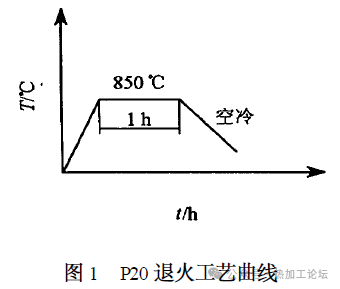
The samples were machined into dimensions of 10 mm × 10 mm × 30 mm. To obtain quenched martensite, the quenching process was designed as shown in Figure 2.
To produce granular bainite, an isothermal quenching process was designed based on Table 2.
After quenching, the two groups of samples were tempered at different temperatures: 400°C, 500°C, 550°C, 600°C, 650°C, and 700°C.
The tempered samples were prepared as metallographic specimens, etched with 3% nitric acid ethanol, and observed under an optical microscope. Typical samples were further examined using a transmission electron microscope (TEM). Rockwell hardness was also measured.
2. Results and Analysis
2.1 Effect of Tempering Temperature on Tempered Martensite Microstructure
Samples quenched in oil exhibited martensite and retained austenite microstructures. During tempering, as the temperature increased, the size of the martensitic laths grew, and finely distributed carbide particles were precipitated. At 550°C (Figure 3), some carbide particles began to coarsen.
At 700°C (Figure 4), the lath boundaries became indistinct, and the carbides were significantly coarsened, forming a tempered sorbite structure. Larger, undissolved carbides were also observed.
The broadening of laths with increasing temperature is attributed to the recovery and recrystallization of the dislocations in martensitic laths. Dislocations, including low-angle grain boundaries on lath boundaries, annihilate during sliding and climbing, leading to a reduction in dislocation density. Some lath boundaries disappear, and adjacent laths merge into wider laths, with remaining dislocations rearranging into cell structures.
At low tempering temperatures, metastable transition carbides (ε-Fe2C) precipitate first, which then transform into stable θ-Fe3C. As the temperature increases, alloy elements diffuse, forming alloyed cementite (Fe, Cr, Mn)3C. At temperatures above 580°C, Mo2C carbides may also precipitate, and existing carbides coarsen with increasing temperature.
2.2 Effect of Tempering Temperature on Tempered Granular Bainite Microstructure
Samples with granular bainite were tempered at different temperatures, and their microstructures were examined. With increasing tempering temperature, the M/A (martensite/austenite) islands in granular bainite transformed before the ferrite matrix. This is evident in metallographic images, where the M/A islands appear darker due to decomposition when etched with nitric acid ethanol.
At 550°C (Figure 5(b)), the granular bainite islands remained distinct, with partial martensite transformation occurring within the islands. The lath boundaries were still visible, forming a tempered troostite structure. The ferrite matrix showed no significant changes at this stage.
At 700°C (Figure 6(b)), the island boundaries disappeared, transforming into ferrite and carbide structures similar to tempered sorbite. Some carbides were spheroidized; however, the carbides in granular bainite were smaller and less spheroidized compared to tempered martensite at the same temperature (Figure 4). This indicates that granular bainite has higher tempering resistance than martensite due to its lower dislocation density and carbon content, making carbide formation and growth more difficult.
2.3 Effect of Tempering Temperature on Martensite Hardness
The relationship between tempering temperature and martensite hardness is shown in Figure 7. As the tempering temperature increased, the hardness decreased. The hardness drop accelerated significantly above 500°C.
The hardness and strength of metallic materials are directly proportional, commonly expressed as σ = KHB, where K is a proportionality constant dependent on the metal and its state. Factors influencing strength proportionally affect hardness as well.
During tempering, the strengthening factors include the precipitation of fine, dispersed carbides. However, softening factors dominate:
- The solid solution strengthening effect of martensite diminishes as carbides precipitate.
- Dislocation strengthening weakens due to recovery and recrystallization of the martensitic α-phase.
- Precipitation strengthening decreases as carbides coarsen with increasing temperature.
Since strengthening effects are inversely proportional to particle size and directly proportional to the number of particles, coarsened carbides reduce the strengthening effect. As softening factors outweigh strengthening factors, hardness decreases, especially after 500°C, as softening becomes the dominant process.
2.4 Effect of Tempering Temperature on Granular Bainite Hardness
The relationship between tempering temperature and granular bainite hardness is shown in Figure 8. The effect of tempering temperature on granular bainite hardness is similar to that on martensite. However, granular bainite shows slightly higher hardness at the same tempering temperature due to its higher tempering resistance.
At lower temperatures (below 400°C), the decomposition of M/A islands and transformation of the ferrite matrix are minimal, resulting in a slower drop in hardness. Above 400°C, the decomposition of martensite in M/A islands and the transformation of the ferrite matrix lead to accelerated hardness reduction.
Granular bainite exhibits less coarsening compared to martensite at the same temperature, resulting in higher hardness. However, the difference in hardness between the two structures is not significant.
3. Conclusions
- The effect of tempering temperature on granular bainite and martensite microstructures is similar, with M/A islands in granular bainite decomposing earlier. Granular bainite exhibits higher tempering resistance than martensite. After tempering, granular bainite shows slightly higher hardness than martensite at the same temperature.
- At a tempering temperature of 650°C, the hardness of tempered martensite and tempered granular bainite is comparable, meeting the hardness requirements for plastic mold steel.



